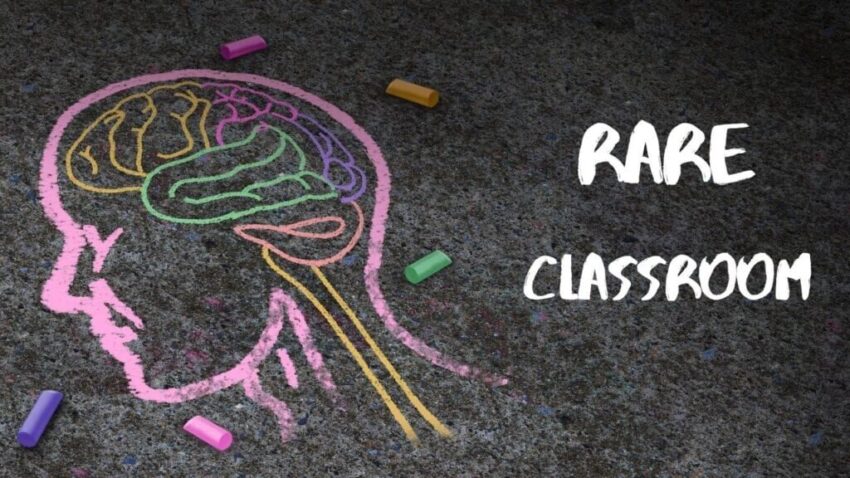Welcome to the Rare Classroom, a new series from Patient Worthy. Rare Classroom is designed for the curious reader who wants to get informed on some of the rarest, most mysterious diseases and conditions. There are thousands of rare diseases out there, but only a very small number of them have viable treatments and regularly make the news. This series is an opportunity to learn the basics about some of the diseases that almost no one hears much about or that we otherwise haven’t been able to report on very often.
Eyes front and ears open. Class is now in session.

The disease that we will be learning about today is:
15q24 Microdeletion Syndrome
Also called del(15)(q24) or monosomy 15q24.
What is 15q24 Microdeletion Syndrome?
- This syndrome is an uncommon chromosomal anomaly in which a 1.7-6.2 Mb deletion affects chromosome 15q24, leading to a range of symptoms
- A number of problems, such as growth inhibition and intellectual disability, appear in patients with this syndrome.
- Symptoms can vary in severity, but many patients face some level of disability.
- The true prevalence of this disease isn’t really known, but it is likely to be extremely rare
- Only a few dozen patients have been officially diagnosed
How Do You Get It?
- This microdeletion results in patients missing anywhere from 1.7 to 6.2 million base pairs, or megabases (Mb). This deletion is on chromosome 15 at a position called q24.
- This are includes multiple genes that are critical for normal human development
- Some of the genes that may be affected include: CSK, CYP11A1, SIN3A, SEMA7A, STRA6, CPLX3, and ARID3B
- However, which genes are affected hasn’t been confirmed
- 15q24 microdeletion syndrome does not appear to be inherited. The cases that have been identified tended to appear randomly, without any signs of family history
- The microdeletion most likely takes place during early development of the fetus or in the formation of the reproductive cells (egg or sperm)
What Are The Symptoms?
- Symptoms of 15q24 microdeletion syndrome include:
- Mild to moderate intellectual disability
- Low birth weight (1/3 of patients)
- Failure to thrive
- Difficulty feeding
- Growth difficulties are often present
- This may be the result of growth hormone deficiency in some cases
- This can also manifest as short stature or delayed growth
- Small hands
- Digit (finger) deformities
- Distinctive facial features
- High hairline, downward pointing corners of the eyes, broad nasal bridge, prominent lower lip, wide set eyes, wide eyebrows
- Loose joints
- Poor muscle tone
- Developmental delays
- Behavior abnormalities (aggression, autism, attention deficits)
- Genital abnormalities in males
- Symptoms vary from patient to patient, and some have more severe problems than others
How Is It Treated?
- There is no cure for 15q24 microdeletion syndrome
- A multi-disciplinary medical team is needed for effective management of the symptoms associated with the syndrome
- Patients may need special education interventions, physical therapy, occupational therapy
- Surgery may be needed to correct deformities
- Development, such as growth and feeding, should be monitored closely
Where Can I Learn More???
- Check out our cornerstone on this disease here.






